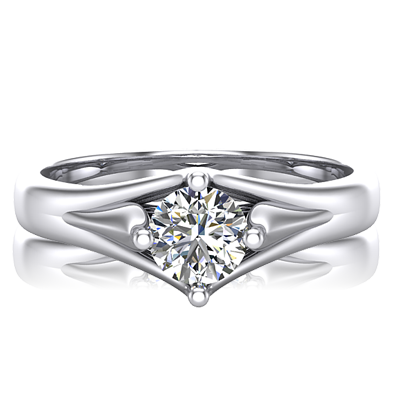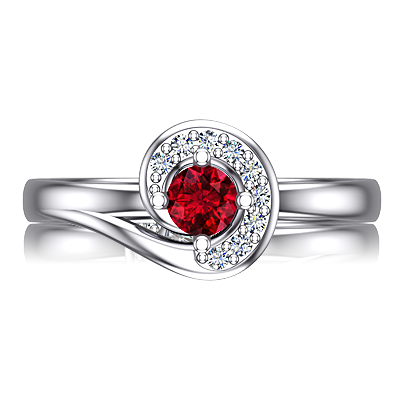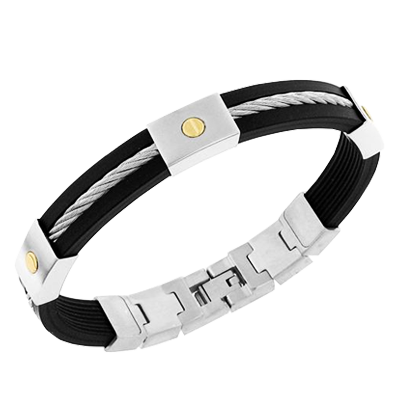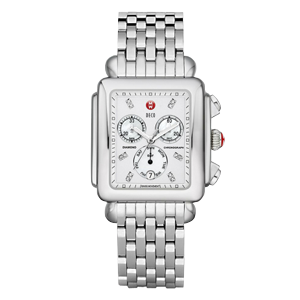A setting is usually the base of a piece of jewelry that is made from metal. It secures your diamond or precious stone firmly in its place. Proudly made in America, the NYC Diamond District pays close attention to all jewelry settings to ensure the highest quality standards are in place to keep your diamonds safe and secure. Our settings are not just functional. Each setting is designed to enhance the beauty of your article of jewelry. Choosing the right setting for your unique design is easy with the NYC Diamond District.
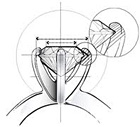 |
|
Prong:
This classic setting is one of the most popular as it helps to show off that diamond in your diamond engagement ring or wedding ring. Small yet durable prongs tightly grip the girdle of your stone, holding it in place like a lover’s embrace. This type of setting allows the maximum amount of light to pass through your diamond, bringing the article of jewelry to life.
|
 |
|
Channel:
Another handsome favorite, the channel allows a uniform look to a row of stones in various cuts. The stones are firmly set within a channel cut into the jewelry and held firmly on either side by a solid strip of precious metal. The channel setting is perfect for diamond wedding bands, bracelets, and pendants.
|
 |
|
Bezel:
The bezel completely surrounds the outside of your diamond or stone like a big hug, securing the stone like no other setting. Platinum is a popular choice for the Bezel setting as it enhances the appearance of a clear diamond and makes it look larger. The Half or Semi Bezel wraps only partially around your stone and is found mostly in tennis bracelets or diamond bands.
|
 |
|
Pave:
If you love earrings or engagement rings that radiate and shine, the Pave is for you. A continuous surface of tiny diamonds with prongs invites light to shimmer radiantly from the article of jewelry. This is a highly noticeable setting. |
 |
|
Common Shared Prong
This setting also allows the most light to reach your beautiful diamonds or gemstones. The prongs hold more than one stone in a tight row.
|
 |
|
The Tension Setting:
This amazing idea uses the pressure of a spring loaded band of gold or platinum. The article of jewelry acts as the setting. On either side of the band that touches the stone are etchings for a perfectly secure fit. The stone often appears to float making this the perfect diamond engagement ring or wedding band setting.
|
 |
|
The Bright-Cut:
The precious metal is chiseled out and highly polished so that the diamond sets right into the metal. Tint prongs hold the stone within the hole, which enhances the look of the stone.
|
 |
|
Bridge Accent:
A Design Element is located under the stone holding it in place securely. It can be seen through the ring where the finger goes through.
|
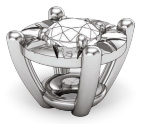 |
|
The Illusion Setting:
Another great choice for a diamond engagement ring, the illusion is that the stone is not being held at all. The diamond sits on a collet, or small plate of highly polished precious metal that enhances the appearance of the stone. The collet is held with prongs, not the stone. This glorious setting was created in 1933 by Van Cleef and Arpels.
|
 |
|
The Gypsy or Flush:
Very popular in men’s rings where one might snag an exposed stone at work, the flush allows the stone to sit inside the band and is inset or flush with the band.
|
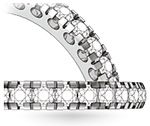 |
|
The Fishtail Setting:
Four corners are cut prominently from the shank that look like a fishtail when viewed from the top. This is a very secure setting for rows of inset diamonds.
|
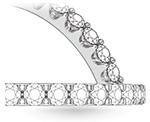 |
|
The Scallop:
The fishtail is a form of Scallop. The shank is used by cutting out pieces of the the metal to form prongs. No added pieces make it more than secure.
|
 |
|
Trellis:
Like the name implies, the stones are held in-place with a latticework of precious metals on the sides of the stone/s. This adds to the beauty of the article of jewelry.
|
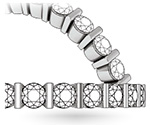 |
|
The Bar Setting:
Two bars secure the gemstones or diamonds from the two sides leaving the other two sides open to accept light.
|
















